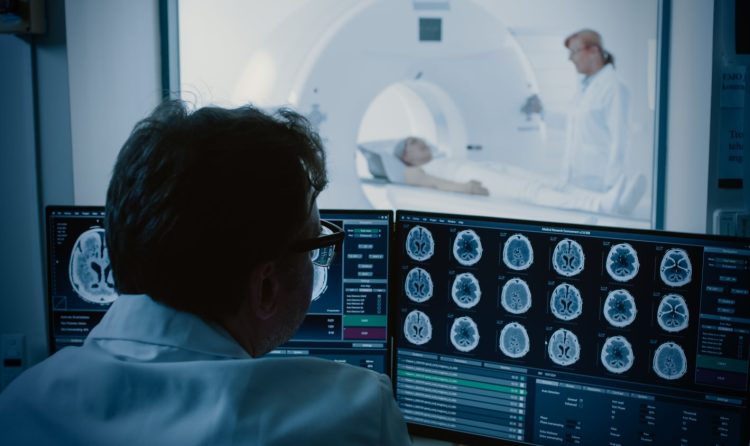Introduction
Magnetic Resonance Imaging (MRI) has long been a cornerstone of diagnostic radiology. Recent advances in MRI technology are enhancing its capabilities, making it an even more powerful tool for diagnosing and monitoring a wide range of medical conditions.
High-Resolution Imaging
One of the most significant advancements in MRI technology is the development of high-resolution imaging. New MRI machines can capture images at a much higher resolution, providing more detailed views of tissues and organs. This improvement is particularly beneficial in diagnosing neurological disorders, musculoskeletal injuries, and cardiovascular diseases.
Faster Scanning Techniques
Innovations in MRI technology have also led to faster scanning techniques. These advancements reduce scan times without compromising image quality, improving patient comfort and throughput. Techniques such as parallel imaging and compressed sensing have played a crucial role in this progress.
Functional and Molecular Imaging
Functional MRI (fMRI) and molecular imaging are emerging as valuable tools in understanding complex biological processes. fMRI measures brain activity by detecting changes in blood flow, offering insights into brain function and aiding in the diagnosis of neurological conditions. Molecular imaging, on the other hand, focuses on imaging cellular and molecular changes, allowing for early detection of diseases at the molecular level.






